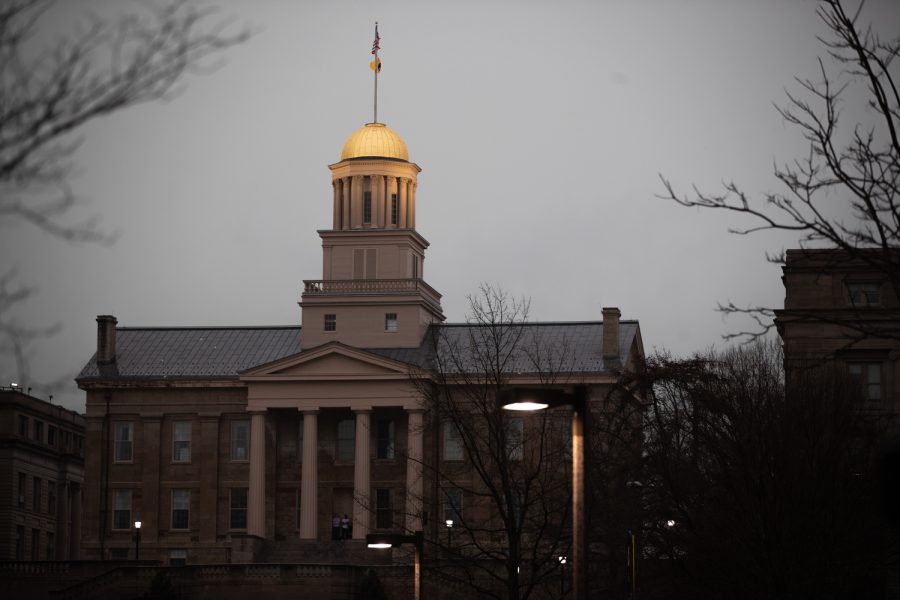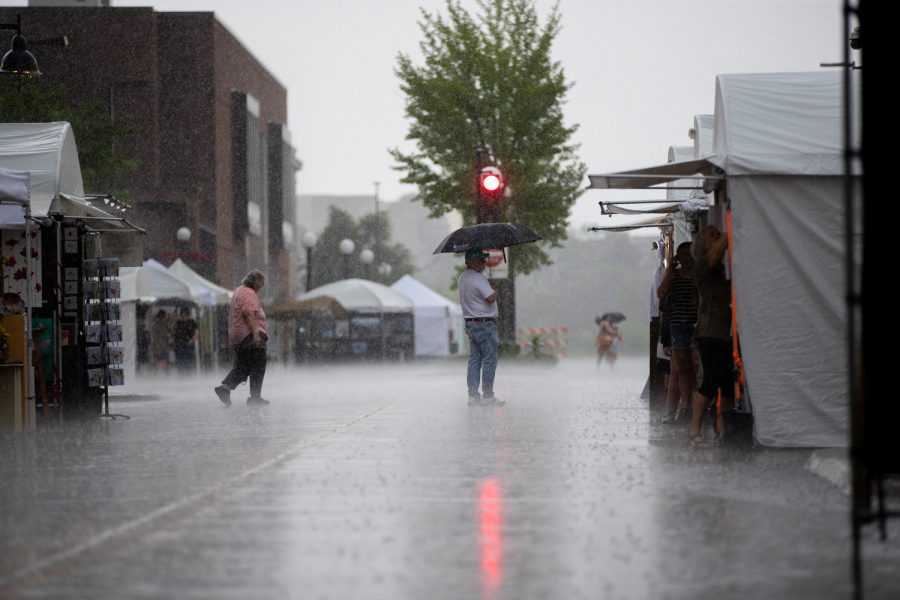Despite the rise in food prices across the nation resulting from this summer’s drought, Iowa City food banks continue to thrive.
Many local agencies rely on donations, and they have been able to avoid the drought’s effects.
One of the main reasons Iowa City food banks aren’t seeing a decrease in stock is because many donations come from grocery stores and other local food providers. These donations are given once a product reaches its sell-by date or at the end of a business day for restaurants. It no longer holds market value for a customer but is still wholesome and edible.
Officials from the Iowa City Salvation Army said they haven’t witnessed an effect because most of the goods they keep are not fresh produce.
“Honestly, I would say it really hasn’t [affected us],” said Lia Pontarelli, the Salvation Army’s director of development and communication.
Pontarelli said the Salvation Army is thankful for the donations it receives through the local nonprofit Table to Table, an organization that transports donated goods from local organizations to agencies that distribute food to the needy.
“[Donations] allow us to provide more food,” Pontarelli said.
Bob Andrlik, Executive Director of Table to Table, said nothing has changed for his organization since the drought.
“There is a lag time between the impact of the drought as it works its way through the system and where it’s going to come at somewhere down the line,” Andrlik said.
The Iowa Sate University Economics Department released a report in August that analyzed the possible effect of the drought “Anticipating Economic Impacts of the 2012 Drought in Iowa.” The report stated that because of the decrease in the amount of grain, prices of most edible goods will rise.
However, the increase in prices could make a positive effect on the local food banks.
Andrlik said that if the prices rise high enough, consumers won’t be able to purchase the products. If they are not purchased and reach their sell-by date, they can be donated.
“From our standpoint, it’ll be interesting to see what does happen with [the drought], and how it’s going to affect us,” Andrlik said. “It could go either way. We haven’t really had this scenario to look at before. The food we are getting is being pulled off the shelf because the best-if-used-by date is coming up.”
The drought is not changing how much food local stores have on their shelves.
“In a $26 million business, there will always be some product to donate,” said Theresa Carbrey, education and member services coordinator at New Pioneer Food Co-op. “We will keep looking until we can get our needs met, so we will always have abundant products on the shelf, in the case of a drought.”
Hy-Vee also contributes food and has seen no change in the amount it can give.
“Realistically, we are donating about the same amount of food we always do,” said Todd Fox, a manager of the Waterfront HyVee. “We try to take care of our community regardless of the economy.”






